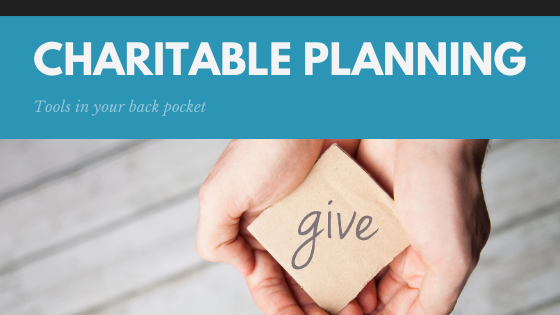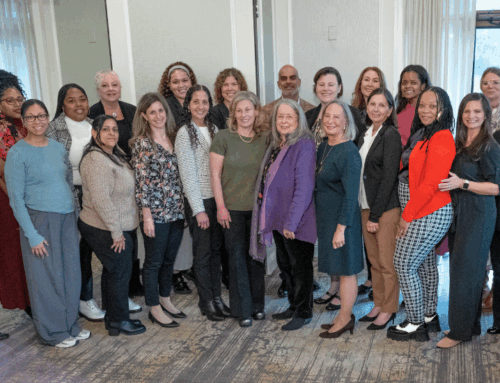
The team at the Princeton Area Community Foundation understands that it sometimes can be hard to know where to start a conversation with a client about charitable planning. As you ask questions about the causes your clients love and how your clients intend to support the community in their estate plans, you’ll need quick access to a few go-to planning tools to inspire the dialogue. To help you do just that, we’ve assembled this list of a few of our favorite planning tools.
Qualified Charitable Distributions
Under the now permanent IRA charitable rollover laws, your 70 ½+ clients can direct up to $100,000 annually of distributions to charitable organizations, avoiding inclusion in taxable income. These distributions are called Qualified Charitable Distributions (QCDs). Although donor-advised funds can’t receive QCDs, there are still plenty of ways our team at the community foundation can help your clients take advantage of this tool for lifetime gifts. Also, your clients can name their donor-advised fund as the beneficiary of a qualified plan, which is still a tax-savvy bequest strategy.
Charitable Remainder Trusts and Charitable Gift Annuities
They’re back! Tax reform’s elimination of the Pease provision, which limited charitable deductions for high income taxpayers, means your clients can better leverage a single, up front gift to a charitable remainder trust or a charitable gift annuity.
Bundling . . . or Is It Bunching?
Whether you call it “bundling” or “bunching,” clients who want to maximize their charitable deductions under the new tax laws can benefit from making two or more years’ worth of charitable contributions in a single year. This helps push taxpayers over the itemizing threshold, where they can reap the benefit of deducting the full value of their donations. (Quick stat: Because of tax reform, just 10 percent of taxpayers itemized deductions in 2018, compared with 30% in 2017.)





